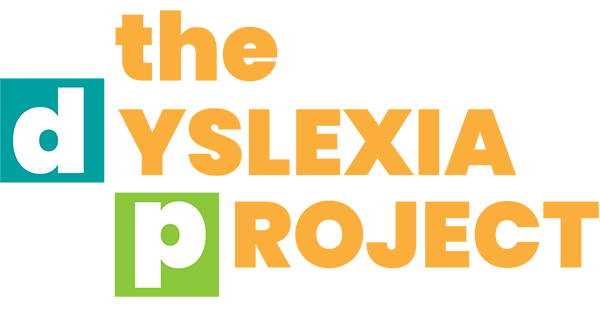Dyslexia 101 as easy as ABC Dyslexia
It’s time for some lessons in Dyslexia 101 as easy as ABC Dyslexia. Every school year seems to pass more quickly that the last one. By mid-January, it is more than half over; the irst semester report cards are issued with grades that entered into the “permanent record.”
Some of those grades reflect the amount of understanding of the material and the amount of effort students put into their classes. Some—including many, if not most of the with dyslexia, who number 1 in 5, will receive grades that in no way reflect their understanding, effort, or most importantly, their intelligence.
Those who have dyslexia—both those who are identified and those who are not—will typically continue to struggle in school, where reading, writing and spelling are their greatest difficulties. The unexpected academic difficulties these smart students experience confounds the adults in their lives. Parents, teachers and administrators will frequently explain away their difficulties: “He just doesn’t work hard enough.” “She has to get more focused.” “He’s all boy, and will grow out of it.” “She spends too much time daydreaming.” “He knows the material, he just doesn’t test well.”
Those adults, who have the responsibility to educate children, get an F in Dyslexia 101. Here are some basics about the most common learning difference, as simple as A B C D:
A—Awareness of the most basic aspects of dyslexia, which means “trouble with words.” Dyslexia is nothing new; it has been studied since the 1880s. Dyslexia is a hereditary neurological difference in the brain that makes it difficult to match and process sound to symbols of letters and blends—so “sounding it out” when reading simply doesn’t work for those with dyslexia.
The development of the Functional MRI allows researchers to actually see how the brain of someone with dyslexia fires differently and in different places than someone who doesn’t have it.
Contrary to popular belief, dyslexia is not about reversing letters or seeing things backwards. And dyslexia is also associated with an array of strengths that include creativity, “outside the box” thinking, entrepreneurialism and excellence in sports and the arts among them.
B—Books are not the best way for people with dyslexia to access information. Reading words is not nearly as efficient as hearing them; audiobooks are a boon to those with dyslexia, and programs like Learning Ally (formerly Recording for the Blind and Dyslexic) help students with dyslexia access much more material reading with their ears, than they could by reading with their eyes.
C—Curriculum to teach reading to students with dyslexia in the way they learn does exist, but it is not widely available in our schools. Research proves that the approach their differently-wired brains require is multisensory, phonics-based, structured, sequential, systematic, and cumulative. If students with dyslexia are not taught reading in this way, they will typically plateau in their reading skills at about the third-grade level, and struggle mightily thereafter.
D—Decoding dyslexia is not rocket science, but it often seems like it. For that reason, parents across the country created a grassroots movement known as Decoding Dyslexia. The organization has taken hold in every state and several countries outside the U.S. to educate, advocate and legislate about dyslexia. In California, the efforts of Decoding Dyslexia were successful with the passage of AB 1369 (co-sponsored by then-Assembly Member Das Williams), the first dyslexia legislation in more than a decade. The guidelines contained in the legislation provide information about how schools can better provide appropriate services for students with dyslexia.
